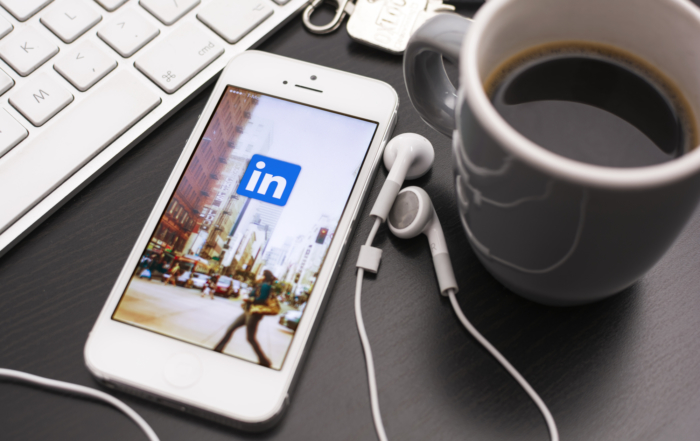
Nov 5, 2018 | Blog, News, Social media strategy
Do you have a LinkedIn profile? If you’re a business professional, chances are you’re on LinkedIn. It’s the perfect platform for meeting new business connections, link up with people in complimentary industries and share knowledge with those inside your own. And as of Oct 2018 there are almost 4.5 million active daily users on LinkedIn in Australia.
Your LinkedIn profile – First impressions count
Just like a resume or business card, your LinkedIn profile will be the first thing people see about you. Also, how well you fill out your details, as well as other factors like the number of connections, will determine how well you are found in search results on the platform.
Treat your profile like it is a part of your business. Invest time in improving it and constantly attend to it by updating your status and sharing information. More importantly make sure that your profile is a reflection of how you wish to present you and your brand.
Quick tips to improve your profile
Want to optimise your profile for success? Here are my top 10 tips:
- Upload a profile picture. Make sure it’s professional and not a photo you took on your last holiday – that might work for a travel agent, but not for most industries. You’re on LinkedIn to make business connections not friends.
- Write a clear description of what you do in your ‘Professional Headline’. Don’t make it too long and make sure you have important related keywords.
- Make sure you include yourself in the correct industry so that people can find you.
- Grab you unique URL. It gives you a shortened link to share with business contacts and it’s easy to remember.
- In the ‘Summary’ section include important relevant keywords and when drafting this section, have someone read it before you upload. If you need to, employ a copywriter to do this for you.
- Include relevant work experience that demonstrates your skills and talents.
- Don’t be afraid to ask for recommendations and endorsements – they help you rank higher in search results!
- Include all of your skills. You may want to only add a few at a time.
- If you have written a published article or another publication, be sure to include this in the “Publications’ section. This will give you credibility.
- Add you Twitter handle and website!
Over to you!
What other tips and tricks have you used to get the most out of your LinkedIn profile? You can also connect with me on LinkedIn here.
If you want help getting more out of your social media marketing, please download our free step by step guide today!

Oct 22, 2018 | Blog, News
Do hashtags still matter?
One of the most asked questions I get is “what is the point of hashtags and how do I use them?” To start with the first question, hashtags are useful (depending on the platform) in categorising content and making it easier for people to search for certain topics. They can help you follow live events, or breaking news. They are also great for filtering out topics you don’t want to engage with.
No one person or brand owns a hashtag. You can think one up and just start using it. But if you want to use them effectively to grow your following and amplify content, then you need to be more strategic in your hashtag approach.
Let’s look at some general principles for using hashtags across your social media channels:
- Curate your hashtags for each channel. So, for Twitter, use 2 to 3 in a tweet, and include them contextually in your content. On Instagram, you can use many more, but don’t go overboard. LinkedIn has functional hashtags, so feel free to include 1 or 2 in your post. And while Facebook has functional hashtags, the jury is out on whether or not they are actually effective in amplifying your content.
- Use a mix of trending, general and brand hashtags. For example, I might use #possumdigital, but as it’s not a widely used hashtag, I might also want to use something more general like #socialmedia or #digitalmarketing.
- Keep your hashtag simple and easy to remember and use. You don’t want followers misspelling a well thought out hashtag only to lose the opportunity to generate effective conversation.
- Avoid using hashtags that don’t relate directly to your content. Social channel algorithms are smarter than us in this respect, so just because a hashtag is trending, doesn’t mean you should force it onto content that is irrelevant.
- Mix it up! Don’t use the same batch of hashtags every single time. Just like you need more than one channel to market your business, you need more than one group of hashtags to get your content seen by different people.
My best advice is to come up with a list of hashtags that you can use and swap out on your posts across social media channels. Make sure you keep it updated with trending ones, and remove any that may get banned or are no longer being used widely
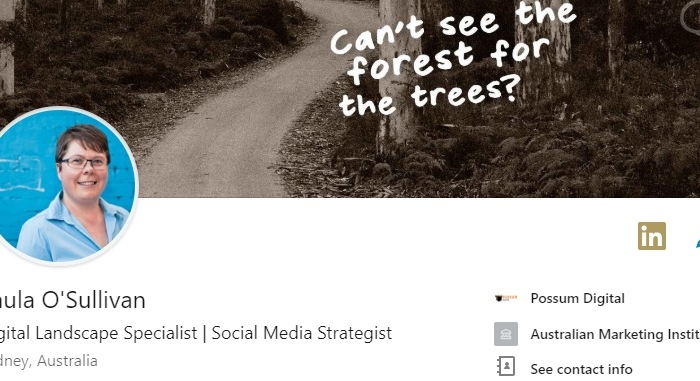
Aug 27, 2018 | Blog, News
Why your LinkedIn profile picture matters
Are you on LinkedIn?
LinkedIn is the perfect platform for networking online. You can meet new business connections, link up with people in complimentary industries and share knowledge with those inside your own. You can also ask questions, get head hunted, look for jobs and even hire staff.
So how you represent yourself on LinkedIn is crucial to your professional success on this platform.
The most visual representation of you and your brand is your profile picture. Get it right and you will make important connections that will help you and your business. Get it wrong (or fail to have a photo at all) and you will have trouble connecting with other users.
Make your profile picture count
Here are my tips for making sure your profile picture delivers for you:
- Have a photo – you would be surprised at just how many people don’t even put a photo up. When someone requests to connect with me, the first thing I do is look for a profile picture. If there isn’t one there, I am often reluctant, though I won’t always rule out, to accept the connection request.
- Don’t use a personal photo. This includes holiday snaps, family photos or other images that would normally be used for other platforms like Facebook. You’re not on holidays, or out drinking with your friends; you’re on LinkedIn to make professional connections and generate leads for your business.
- Invest in a professional photo shoot. Make the investment and take the time to have a professional photographer take your photo. A good photographer will have the skill and knowledge to put you at ease and make you look your best while understanding the needs of your image. They’re also often quite skilled at photoshop!
- Make sure you photo conveys your brand and the image you want to project. This will depend very much on your industry, target audience and client base. Some will be more relaxed than others but DO NOT use a personal photo (see point 1).
- Pay attention to the background. If you go for an outdoor photo (like I have) then be aware of what’s behind you.
Over to you
Are there any other tips you would give to someone choosing the picture for their LinkedIn profile? When was the last time you updated your profile picture?
If you want help getting more out of your social media marketing, please download our free step by step guide today!
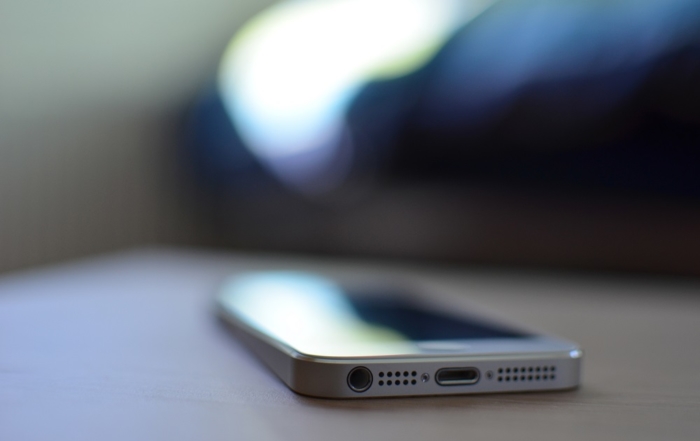
Jul 30, 2018 | Blog, News
Have you used the LinkedIn QR code?
LinkedIn is all about professional connections, whether they be clients, suppliers, business friends (or even real life friends) and those random people you meet at networking events, but never really keep in touch with – except for liking the occasional post. It can be a powerful tool for broadening your business circle, but it can be a little clunky.
There’s an easy to use new feature that LinkedIn has introduced to make it a breeze for people to connect with each other, without the awkward exchange of business cards, or even more awkward connection requests after the event. It’s a QR code! And it’s available in your LinkedIn app.
Have you seen it yet?
To use the code In the LinkedIn app, tap the QR code icon in the Home tab’s search bar, and there you’ll see a QR scanner as well as your own code. Here’s what you see when you open the app:

And what you get when you tap the code icon:
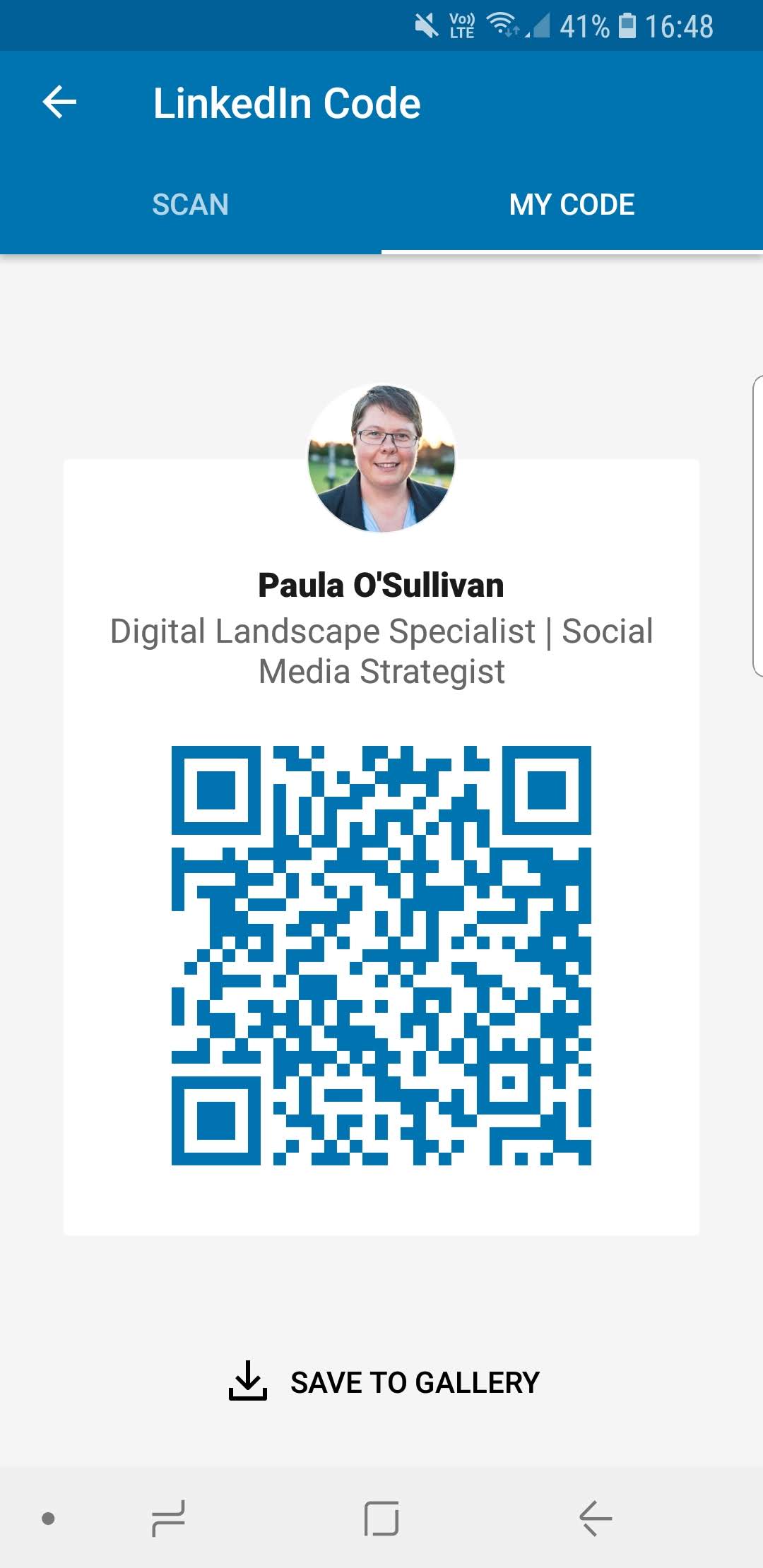
Beyond the app, you can download your personalised QR code and add it to your marketing collateral, including business cards.
Will you use you LinkedIn QR code?
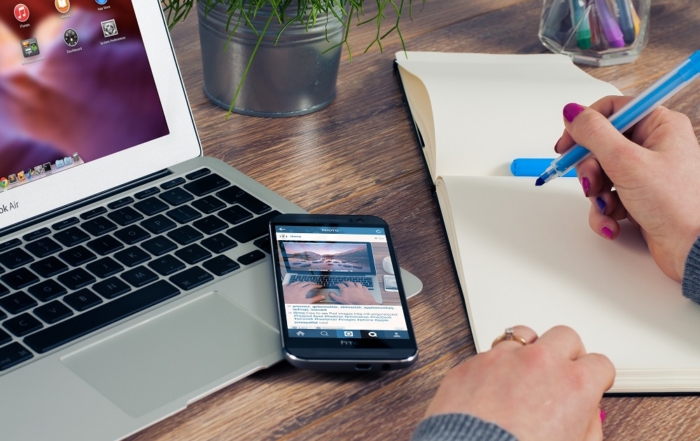
Jul 23, 2018 | Blog, News
Top tips for LinkedIn Company Pages
With organic reach being impacted for Facebook pages, many businesses are turning to LinkedIn Company Pages to build a community and market their business. If your target audience is on LinkedIn, then this could be a worthwhile channel for you.
Like any other marketing channel, you need to have a plan for how you will use it to generate results. These are our top 7 tips for getting the most from your LinkedIn Company Page.
- Use images that best reflect your business. The hero image, and profile picture are opportunities to showcase what your business does. And make sure you use a logo for extra
- Share engaging content regularly. The best time to post can vary from industry to industry, but start with posting during business hours, and test from there.
- Use your employees as part of your content. Ask them to share behind the scenes or industry knowledge so that your community can get to know your business behind the brand. Also, your employees can be your biggest advocates. Ask them to share your content with their networks.
- Optimise for search by using keywords that focus on your business and your industry. You have 156 characters for your page text so use them wisely.
- Use Sponsored content for your best performing content to extend your reach. This is a great tool to use for amplifying content, and drive traffic to your website, especially if it’s a blog article or lead capture page.
- Tell people about your page. Just because you set up a page, it doesn’t mean that your audience will know about it. Add a link on your website and email signature. Make sure it’s on your own LinkedIn profile.
- Monitor your analytics so you know what works and what doesn’t. Track how your content is performing in terms of reach and engagement as this can help you understand if your content is being seen.
With all social media channels, consistency is key. Small daily actions on your LinkedIn page (or a few times a week if that is best for you) are better than a huge burst, then nothing for months.







